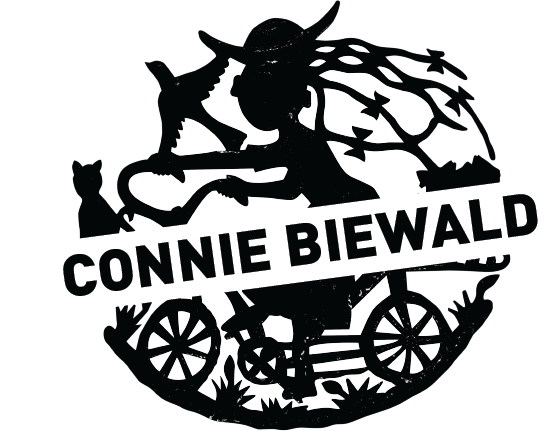“I Remember” Lists
With any age group, the first day begins with the kids brainstorming an “I remember” list to keep in their writing folders. This will be the place they go back to for story ideas. In the discussion she talks with them about memory and why people remember some things and not others. They also talk about emotion. In the first writing time the students work on their lists.
Sensory Images
Discussion revolves around the senses and describing an object using all five senses. First reading a sentence one of her students wrote about going bowling, then following up with a paragraph in which this student expanded upon it and used all her senses, students are impressed by how vivid the expanded description is. Connie then asks students to write up one of their “I remember” ideas, making sure they try to include a descriptive sentence from all five senses.
Similes and Metaphors
Connie conducts a whole group activity making up similes and metaphors. She defines them, making it a goal for the students to use them in the day’s writing.
Vivid Verbs
The whole group brainstorms all the verbs to substitute for “went” in “She went across the room.” Connie views these as the basic writing tools. From this point forward, she continues to review them regularly, noting the successful use of them in students’ writing, but the discussions are more often based on content. For most of these writing ideas she shares relevant examples from past student writing or literature. Connie thinks it is of the utmost importance to be respectful of anyone’s desire to write what they want. By now some children will have begun longer stories and the writing idea of the day might not appeal to them. If this is the case she asks them to “save the idea,” jotting down on their list what the day’s discussion made them think of in their own lives, to use for a future story.
Loss
As a class they brainstorm a list of what people can lose. Students write about a time they or someone they know lost something that mattered to them.
A Much Loved Toy
Connie brings in her battered, forty year-old “doggy” and the class describes him. She tells a story about him, and then the students talk about their own favorite toys or transitional objects.
Editing
By this point many of the students have drafts of stories. Connie introduces the editing sheet and talks about second drafts and writing conferences. If the teacher already uses some kind of editing sheet, Connie uses it. Sometimes she’ll also suggest some modifications.
Fear
Connie and the students talk about old fears-things they used to be afraid of, but aren’t anymore. Students write stories about fears.
Dialogue and review of editing
She talks with them about use of dialogue in stories. By now, it has probably come up in sharing. It takes time for students to get used to self and peer editing, especially if it is not the class norm.
Review
Connie asks the students what they would tell someone is important about writing. They bring up the things they’ve learned, and she challenges them to make sure they use strong sensory images, strong verbs and similes in the day’s writing.
Titles
After reading a bunch of titles, she discusses with them what makes a good title, how you find one, etc.
A Time You Did Something You Weren’t Supposed To
Connie has the class share stories orally as a group, then write.
A Time You Felt Proud
They share stories orally as a group, and then write.
Opening Sentences
Connie reads a bunch of opening sentences, and then they talk about which ones they like and why.
Illustrating
They talk about what makes a good illustration. Connie shows examples.
Final Drafts
By now most students have a story or two they’ve revised and is typed up and bound. (Connie generally binds in a simple fashion with staples and plastic tape.) If any student decided to write an anthology instead of individual stories, he or she should also have a collection of the final drafts. After showing examples of the differences between first draft and final draft, the students are paired and take a look at how their work developed, first draft to final draft.
A Time You Learned Something New
Connie and the students talk about times they learned something new or did something for the first time. Students write about it.
A Scar
They talk about scars, physical and emotional. Students write about them
Point of View
Discussing conflicts they’ve had, students describe it from their own point of view, and then imagine how the other person would have described it.
Point of View continued…
Students write letters to themselves from someone they know.
Final Sharing
Above all, artists are people with something to say and a means of saying it. This serves as the goal of this curriculum. Connie has done many variations of this class in the past. She developed a sports writing class which was very successful where students learned the same writing skills and wrote about loss and pride and mentors in the context of sports. She has taught poetry and fiction as well. Some interesting fiction has come out of an activity she has done in which students create a character and do many of these assignments for that character.
Connie can vary this program a lot depending on the students’ previous writing experience. She judges the success of it primarily on the quality of the students’ work and how they appear to feel about it. She is also interested in the teachers’ evaluations of the residency and asks them to fill out a simple form in addition to meeting with her.
